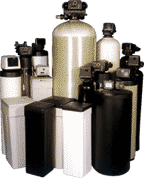 |
No matter where it comes from be it Wells, rivers, lakes and oceans all water has different types and levels of contaminants. These contaminants, other than living organisms or turbidity are in the form of dissolved solids. The total dissolved solids (TDS) are all the salts or minerals contained in the water source. These salts and minerals can be broken down into ions. The positively charged ions are called Cations and the negatively charged ions are called Anions. The hardness ions are primarily calcium, magnesium and iron which are Cations. The hardness in water causes scale to form inside pots and pans, pipes, water heaters or boilers.
|

|
The Ion Exchange Process
Water Softeners remove hardness from water by a process known as ion exchange. The media, called resin; in the softener is charged with sodium (or potassium) ions. When the hardness ions come in contact with the resin beads the hardness ions are collected and the sodium (or potassium) ions are released, thus the term ion exchange. The hardness ions are exchanged for sodium (or potassium) ions. The typical cations found in the raw water are exchanged within the resin bed for sodium or potassium, as shown in the illustration. Normally, when two-thirds of the resin bed is exhausted, the softener will allow hardness to slip through. When this occurs, it is time to regenerate or recharge the resin bed using a salt and water mixture, known as brine. Sodium chloride (NaCl) or potassium chloride (KCl) are normally used for this purpose. Regenerating the resin bed refreshes its ability to exchange ions.
|
|
SERVICE and REGENERATION CYCLES
|
|
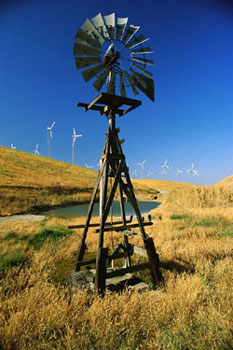
|
The Service Cycle
The Service Cycle is the normal softening cycle. The water flows through the valve into the top of the tank then down through the resin to the lower collector. As the raw water passes through the resin, the hardness is removed by the ion exchange process. It then passes through the slots in the collector and up the riser tube through the valve to the outlet for use by the household as softened water.
|
|
The Backwash Cycle
The Backwash Cycle is the first cycle of regeneration. The water flows into the valve, down the riser tube and out through the collector. The water then flows up through the resin expanding it and out the top of the tank to the drain. The expansion mixes up the resin and washes the turbidity and other contaminants, which were filtered out during the service cycle, down the drain.
|
|
|
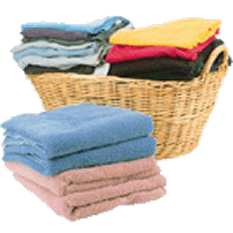
|
The Brine Draw Cycle
The Brine Draw Cycle is the second step of the regeneration cycle. Brine (salt) water is drawn into the valve with the eductor and injected into the top of the softener tank. The brine flows down through the resin exchanging the sodium portion of the salt (NaCl) for the hardness ions collected on and in the resin bed. This cycle continues until all the liquid in the brine tank has been drawn into the Softener Tank.
|
|
Slow Rinse Cycle
Slow Rinse begins when the ball in the air-check at the bottom of the Brine Tank seats. Water continues to flow through the eductor into the top of the Softener Tank and down through the resin. The excess brine and the remainder of the hardness is rinsed out of the resin during this cycle. The water flows into the lower collector and up the riser, through the valve to the drain.
|
|
|

|
The Fast Rinse Cycle
During the Fast Rinse Cycle the water enters the top of the Softener Tank and flows down through the resin at an increased flow rate. This high flow rate compacts the resin bed and rinses out the last of the brine and hardness.
|
|
The Refill Cycle
During the Refill Cycle, the water is directed back to the brine tank. Each gallon of water will dissolve three pounds of salt. The water lifts the air-check ball off seat and fills the brine tank to a pre-determined level based on time. The softener continues in the Fast Rinse at the same time it is in the Refill Cycle. After Refill the softener returns to the Service Cycle.
Leaving you with softer moister skin, shinier hair, cleaner laundry and more bubbles in your bath....
|
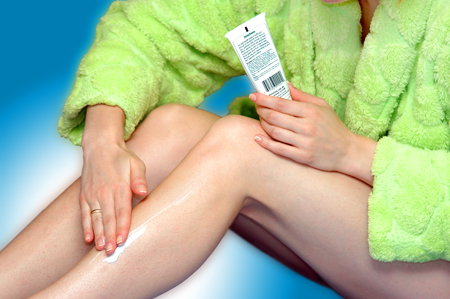
|
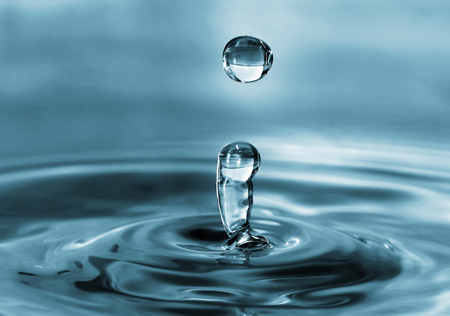
Now that YOU know how a softener works, call us to determine what size unit would work for YOUR home.
|
|
How Water Softeners Work
Water touches every part of your life every single day. We believe that you are and should be in control of what comes into your home and into your life and our products allow you to do that.
|
No matter where it comes from be it wells, rivers, lakes, and oceans, all water has different types and levels of contaminants. These contaminants, other than living organisms or turbidity, are in the form of dissolved solids. The total dissolved solids (TDS) are all the salts or minerals contained in the water source. These salts and minerals can be broken down into ions. The positively charged ions are called cations, and the negatively charged ions are called anions. The hardness ions are primarily calcium, magnesium, and iron which are cations. The hardness in water causes the scale to form inside pots and pans, pipes, water heaters or boilers.
|
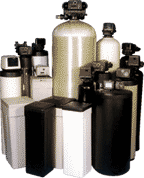 |
|
|
|
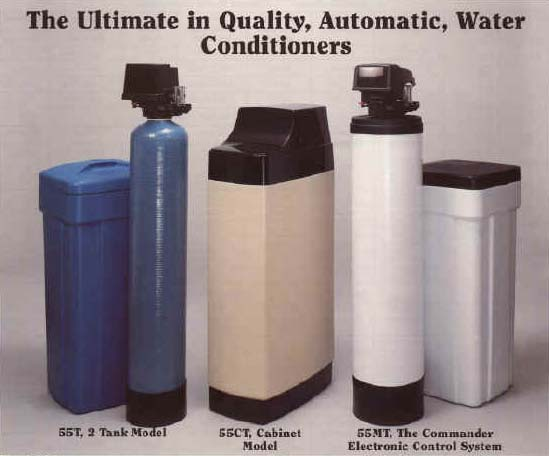 |
The Ion Exchange Process
Water Softeners remove hardness from water by a process known as ion exchange. The media called resin; in the softener is charged with sodium (or potassium) ions. When the hardness ions come in contact with the resin beads, the hardness ions are collected and the sodium (or potassium) ions are released, thus the term ion exchange. The hardness ions are exchanged for sodium (or potassium) ions. The typical cations found in the raw water are exchanged within the resin bed for sodium or potassium, as shown in the illustration. Normally, when two-thirds of the resin bed is exhausted, the softener will allow hardness to slip through. When this occurs, it is time to regenerate or recharge the resin bed using a salt and water mixture, known as brine. Sodium chloride (NaCl) or potassium chloride (KCl) are normally used for this purpose. Regenerating the resin bed refreshes its ability to exchange ions.
|
|
|
|
SERVICE and REGENERATION CYCLES
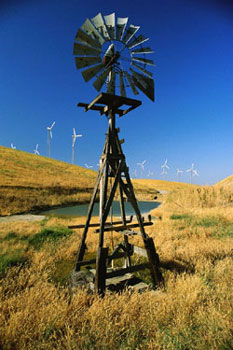 |
The Service Cycle
The Service Cycle is the normal softening cycle. The water flows through the valve into the top of the tank then down through the resin to the lower collector. As the raw water passes through the resin, the hardness is removed by the ion exchange process. It then passes through the slots in the collector and up the riser tube through the valve to the outlet for use by the household as softened water.
|
The Backwash Cycle
The Backwash Cycle is the first cycle of regeneration. The water flows into the valve, down the riser tube and out through the collector. The water then flows up through the resin, expanding it and out the top of the tank to the drain. The expansion mixes up the resin and washes the turbidity and other contaminants, which were filtered out during the service cycle, down the drain.
|
|
 |
The Brine Draw Cycle
The Brine Draw Cycle is the second step of the regeneration cycle. Brine (salt) water is drawn into the valve with the eductor and injected into the top of the softener tank. The brine flows down through the resin exchanging the sodium portion of the salt (NaCl) for the hardness ions collected on and in the resin bed. This cycle continues until all the liquid in the brine tank has been drawn into the Softener Tank.
|
Slow Rinse Cycle
Slow Rinse begins when the ball in the air-check at the bottom of the Brine Tank seats. Water continues to flow through the eductor into the top of the Softener Tank and down through the resin. The excess brine and the remainder of the hardness are rinsed out of the resin during this cycle. The water flows into the lower collector and up the riser, through the valve to the drain.
|
Great Skin, Great food, Great Beverages
All start with one thing! Good Water! So give us a call today and let us show you how you can improve your water and your life!
It is all about you
Cleaner dishes, brighter laundry, softer hair.
|
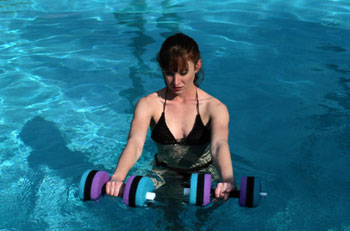 |
The Fast Rinse Cycle
During the Fast Rinse Cycle, the water enters the top of the Softener Tank and flows down through the resin at an increased flow rate. This high flow rate compacts the resin bed and rinses out the last of the brine and hardness.
|
The Refill Cycle
During the Refill Cycle, the water is directed back to the brine tank. Each gallon of water will dissolve three pounds of salt. The water lifts the air-check ball off the seat and fills the brine tank to a pre-determined level based on time. The softener continues in the Fast Rinse at the same time it is in the Refill Cycle. After Refill the softener returns to the Service Cycle.
Leaving you with softer moister skin, shinier hair, cleaner laundry and more bubbles in your bath....
Next: Reverse Osmosis for Residential or Commercial Applications
|
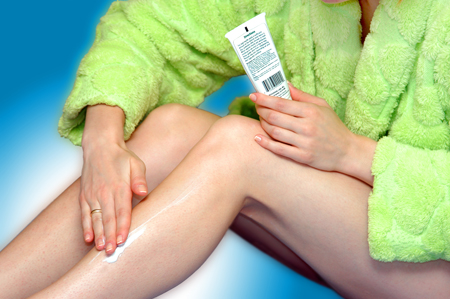 |
|
|
|
|